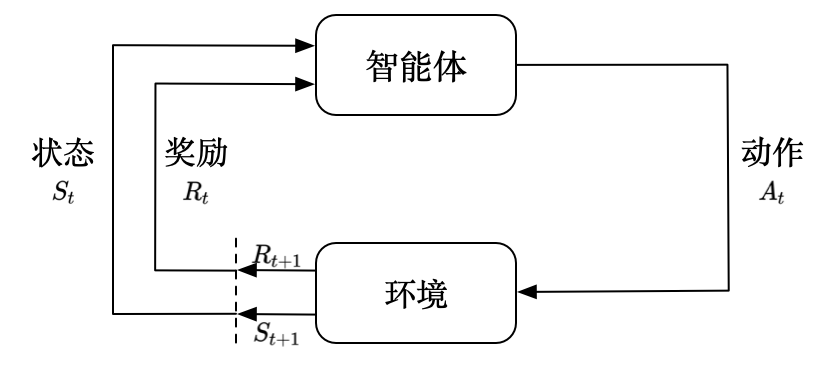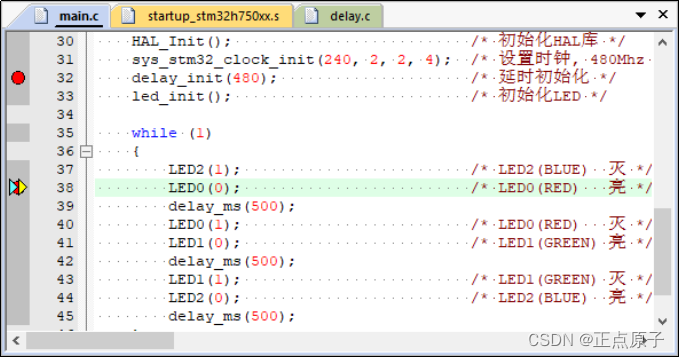当前位置:网站首页>Layer 3 Switch/Router OSPF Configuration Details [Huawei eNSP Experiment]
Layer 3 Switch/Router OSPF Configuration Details [Huawei eNSP Experiment]
2022-08-04 09:01:00 【Progressive small vegetable pig】
Article table of contents
I. Preface
We have successfully configured the use of VRRP+MSTP between Layer 3 switches and routers before.
Now let's record the detailed explanation of OSPF configuration of Layer 3 switches/routers.
The requirements are as follows:
5. The company network needs to configure ospf routing protocol on two aggregation layer switches and one core router to realize internal network communication.
Look at the topology first: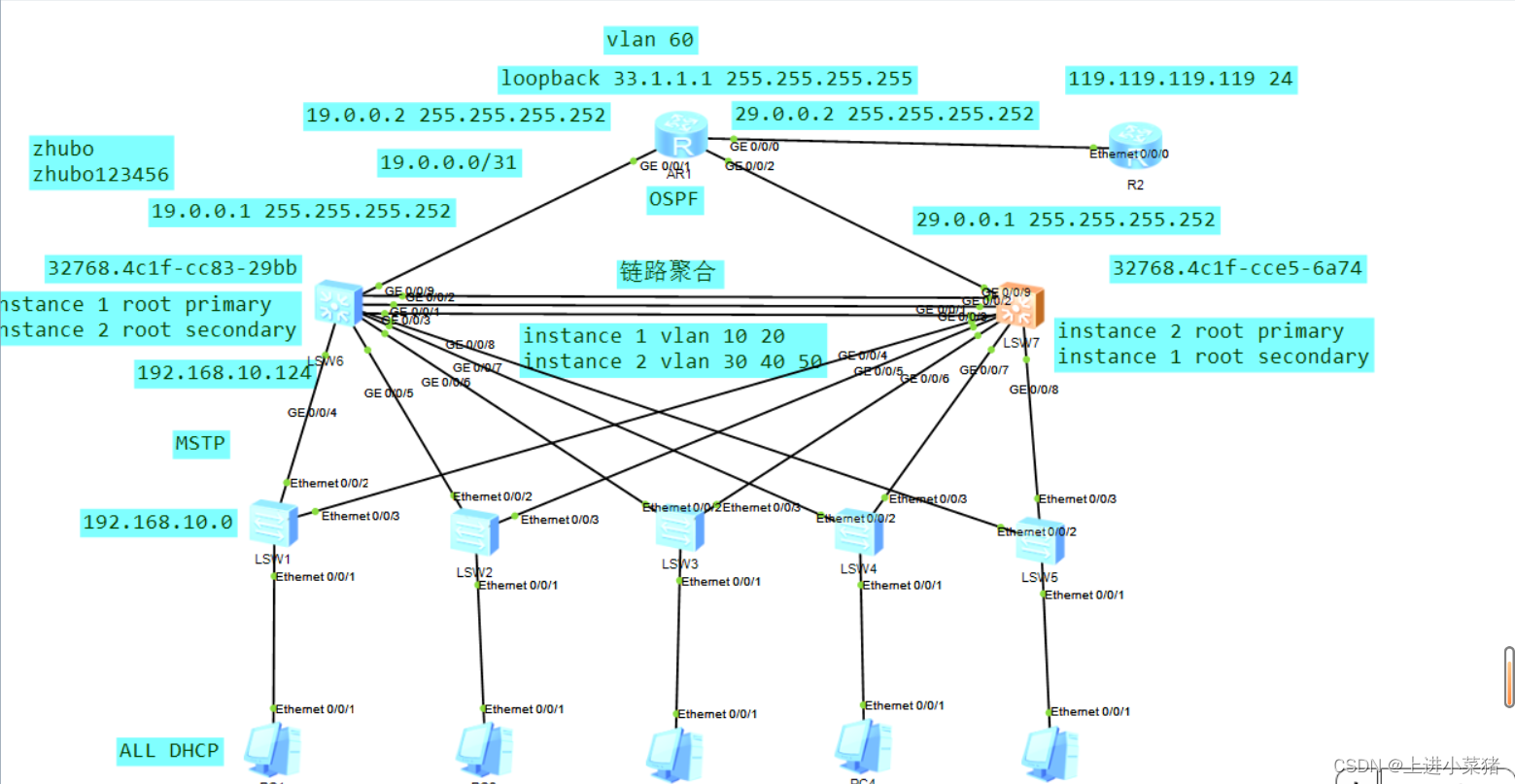
Screenshot of the requirements we need to implement;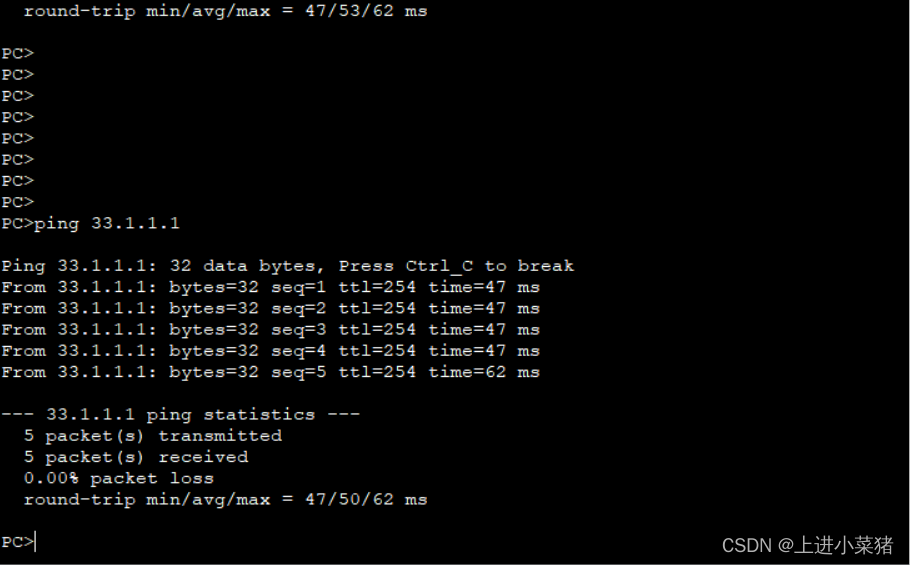
1.1OSPF
Before OSPF appeared, RIP (Routing Information Protocol) was widely used on the network as an interior gateway protocol.
Because RIP is a routing protocol based on the distance vector algorithm, it has problems such as slow convergence, routing loops, and poor scalability, so it is gradually replaced by OSPF.
OSPF, as a link-state-based protocol, can solve many problems faced by RIP.In addition, OSPF has the following advantages:
OSPF uses multicast to send and receive packets, which can reduce the impact on other routers that do not run OSPF.
OSPF supports Typeless Inter-Domain Routing (CIDR).
OSPF supports load balancing for equal-cost routes.
OSPF supports packet encryption.
Because of the above advantages of OSPF, OSPF is quickly accepted and widely used as an excellent interior gateway protocol.
Two. Experiment started
Look at my topology first: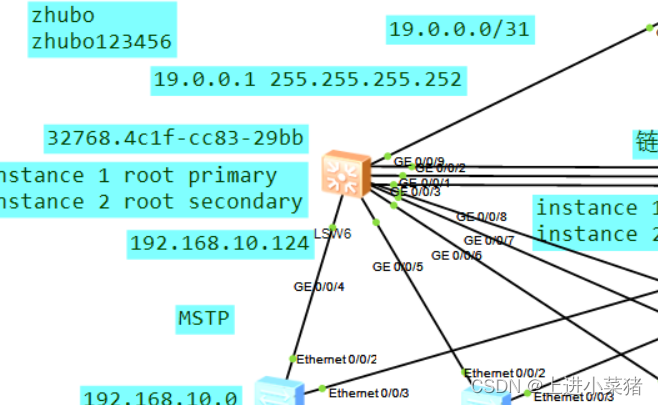
The Layer 3 switches at the aggregation layer are configured as follows:
First configure the ip address of the following vlan10 port as:
interface Vlanif10
ip address 192.168.10.124 25
The vlan60 configuration of the link router is:
interface Vlanif60
ip address 19.0.0.1 255.255.255.252

Marked in the picture:
interface Vlanif60
ip address 29.0.0.1 255.255.255.252
Release the vlan of the above ports, allowing the specified vlan
OSPF:
Network current network segment anti-mask
ospf 1
area 0.0.0.0
network 192.168.20.0 0.0.0.255
network 192.168.30.0 0.0.0.255
network 11.1.1.1 0.0.0.0
network 19.0.0.1 0.0.0.0
network 192.168.10.0 0.0.0.255
The router configuration is as follows:
First configure the interface ip:
The GigabitEthernet0/0/1 port is configured as follows:
interface GigabitEthernet0/0/1
ip address 19.0.0.2 255.255.255.252
The GigabitEthernet0/0/2 port is configured as follows:
interface GigabitEthernet0/0/2
ip address 29.0.0.2 255.255.255.252

Configure ospf:
Enter ospf 1 to view:
ospf 1
default-route-advertise
area 0.0.0.0
network 19.0.0.2 0.0.0.0
network 29.0.0.2 0.0.0.0
network 33.1.1.1 0.0.0.0
Network current network segment anti-mask
Communication detection:
ping 29.0.0.2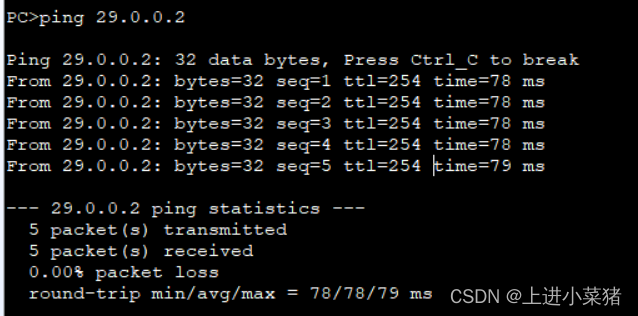
ping 33.1.1.1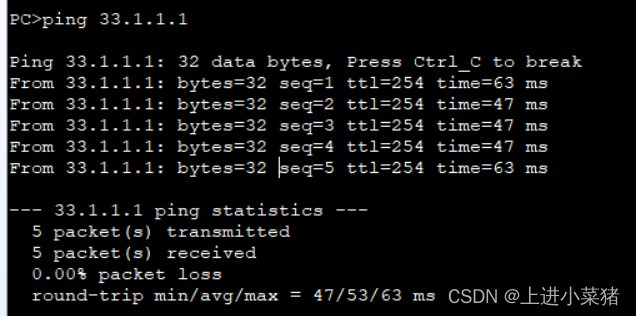
OSPF configuration is basically completedneed.
Check the router's routing table;
display ip routing-table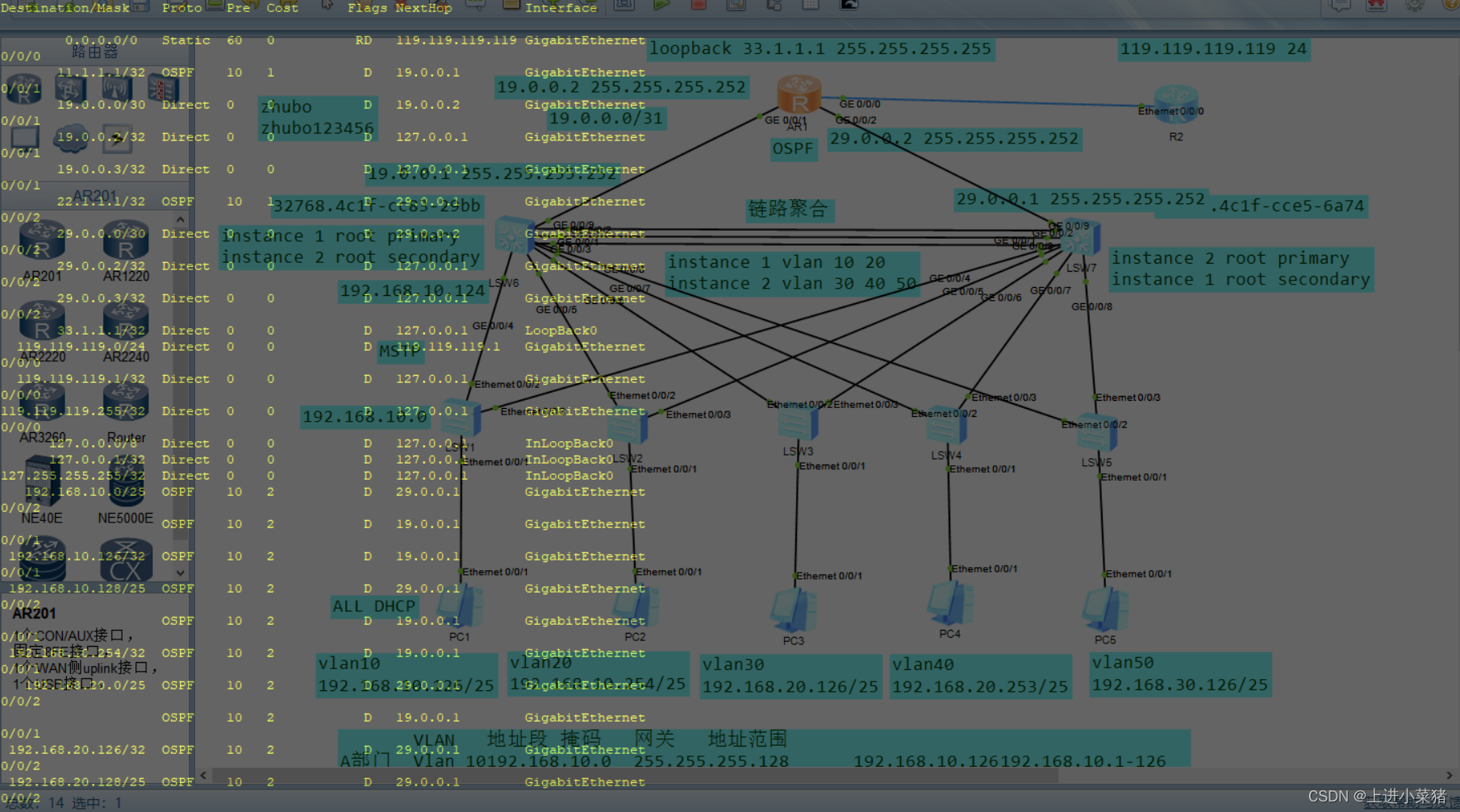
Layer 3 switch:
边栏推荐
猜你喜欢
随机推荐
LVGL的多语言转换工具--字体设置的好助手
怎么写专利更容易通过?
telnet远程登录aaa模式详解【华为eNSP】
Shared_preload_libraries导致很多语法不支持
如何从PG导入数据到kingbaseES
云函数实现网站自动化签到配置详解【Web函数/Nodejs/cookie】
字符流与字节流的区别
ShuffleNet v2 network structure reproduction (Pytorch version)
csdn图片去水印 | 其他方法无效时的解决方案
Yolov5 replaces the backbone network of "Megvii Lightweight Convolutional Neural Network ShuffleNetv2"
inject() can only be used inside setup() or functional components.
Linux Redis cache avalanche, breakdown, penetration
C# DirectoryInfo类
已解决No module named ‘flask_misaka‘【BUG解决】
sync-diff-inspector 使用实践
async - await
DNS 查询原理详解—— 阮一峰的网络日志
用OpenGL绘制winXP版扫雷的笑脸表情
软件工程国考总结——判断题
JSP基本语法

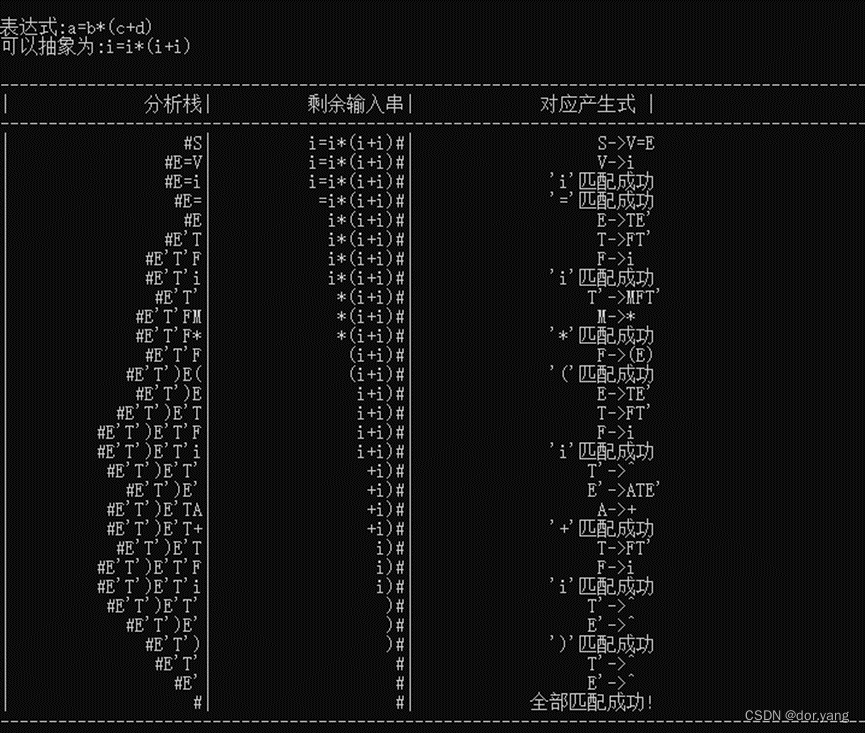


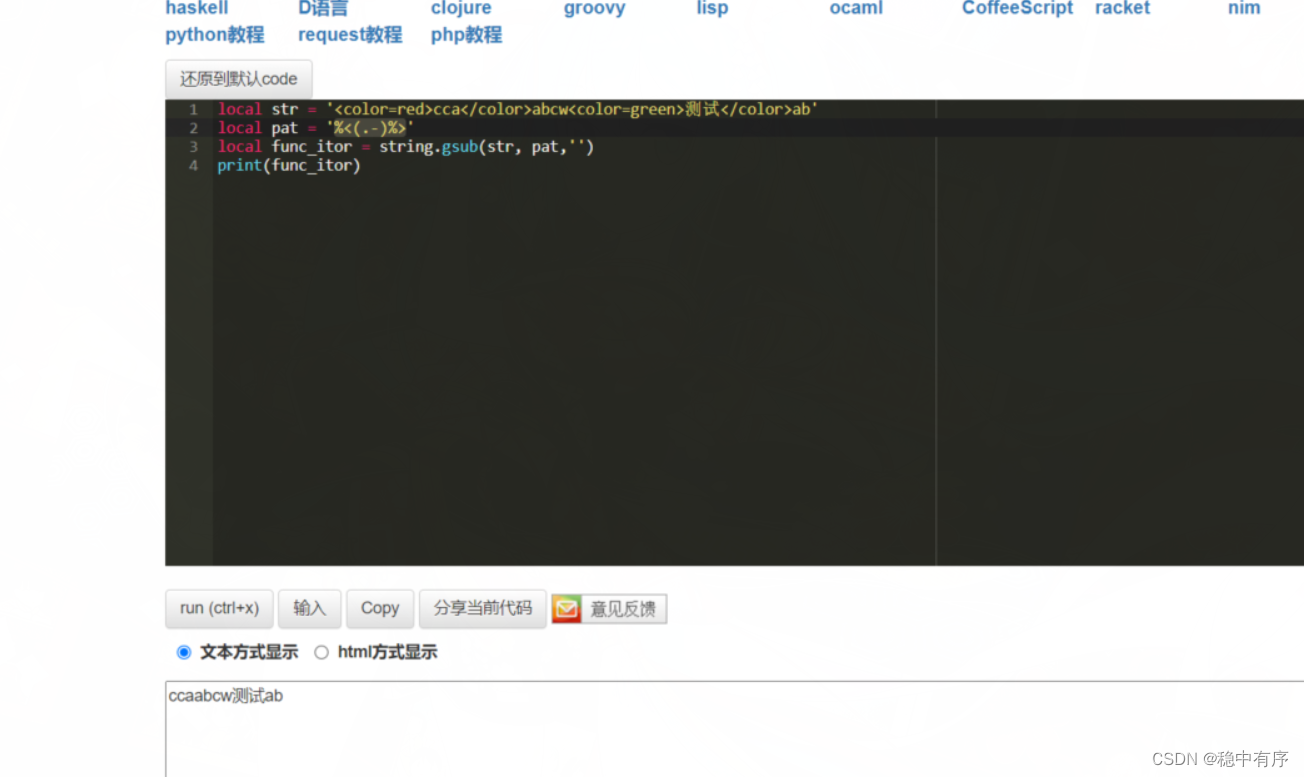
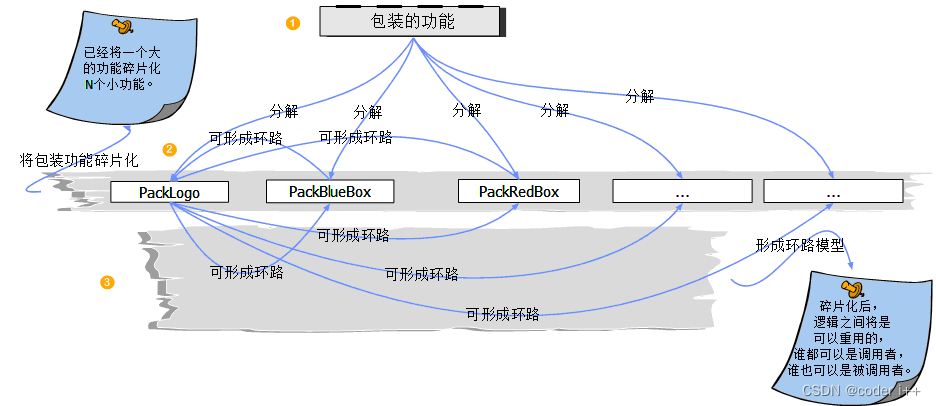
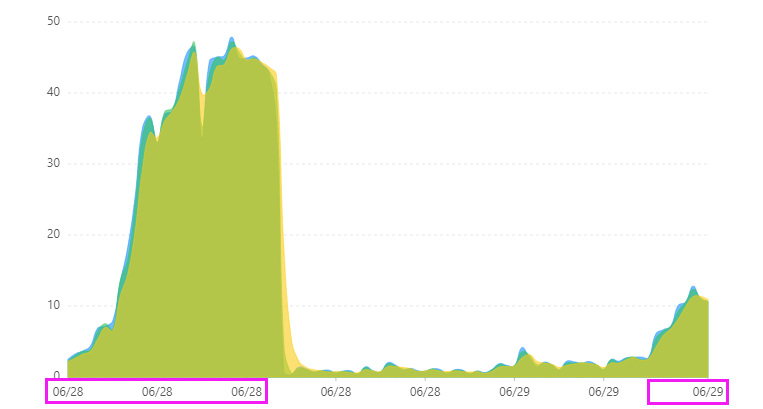
![[STM32] STM32F103 series name and package, memory](/img/01/073f970c8c05ad24f976b26790ba61.png)
